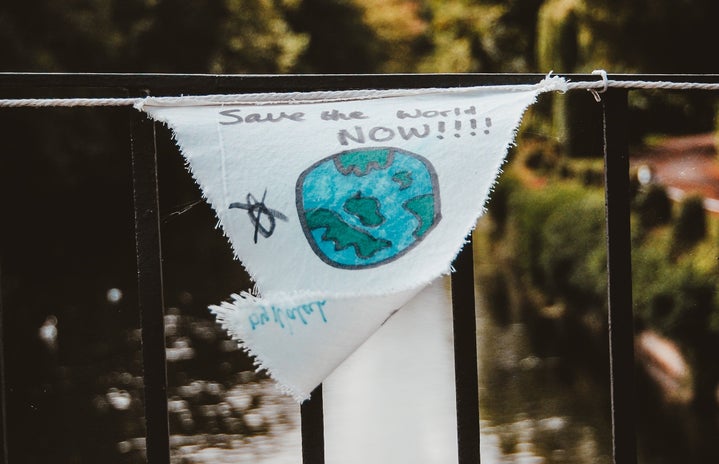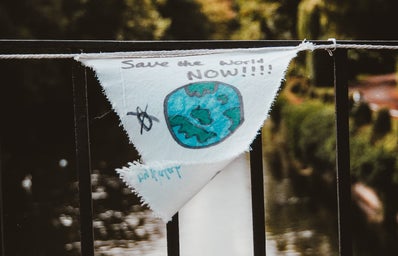As college women, we’re given a choice of what to study, keeping in mind that there are certain things that women still haven’t achieved in our society. We’ve grown up worrying about sexism in the workplace as well as wondering if we’ll ever see a woman elected to the presidency. With Hillary Clinton’s announcement that she’ll officially be running for president in 2016, and with her lack of serious competition in the Democratic primary, it’s looking increasingly likely that we may soon have our first female president. Until the next election though, the only images of women as president have been in fictional TV shows and movies.
The film Miss Representation, a documentary about the sexism women deal with in the media, “at a young age, an equal number of boys and girls want to be president. But by age 15, many more boys want to be president than girls.” It’s hard for girls to aspire to something if they have no role models to compare themselves to.
Hillary Clinton herself said essentially the same thing at her recent campaign rally on Roosevelt Island. She wants American to be a place “where a father can tell his daughter yes, you can be anything you want to be, even president of the United States.”
In the year 2015 this seems like a very realistic goal, but public opinion hasn’t always been so supportive of the idea of men and women being equal, let alone having a female as commander-in-chief.
The American National Election Study has surveyed people for the past 40 years on the issue of women’s equality in the workplace. They ask the question, “Some people feel that women should have an equal role with men in running business, industry and government. Others feel that women’s place is in the home. Where would you place yourself … or haven’t you thought much about this?”
During the first year of the survey, 1972, just 47 percent of people thought women should be equal to men in the workplace, 24 percent of people were neutral on the subject and a staggering 20 percent of people felt that a woman’s place was in the home. In 2008, 7 percent of people still believed a woman’s place was in the home, 10 percent remained neutral and 83 percent backed equality.
The shocking thing about public perception on the possibility of a female president is that men and women answer equivalently when asked if they would vote for a female candidate. In other words, it wasn’t just men who didn’t back equality. In fact, according to Gallup, for much of the time men have actually been slightly more in favor of voting for a female president than women themselves.
In 2015 it seems that we have largely overcome this issue with 95 percent of Americans saying they would vote for a female candidate if she were qualified and in their party. What’s important is maintaining the progress we’ve made so that in the future maybe high school and college girls will be able to dream of becoming president that same way boys do.

